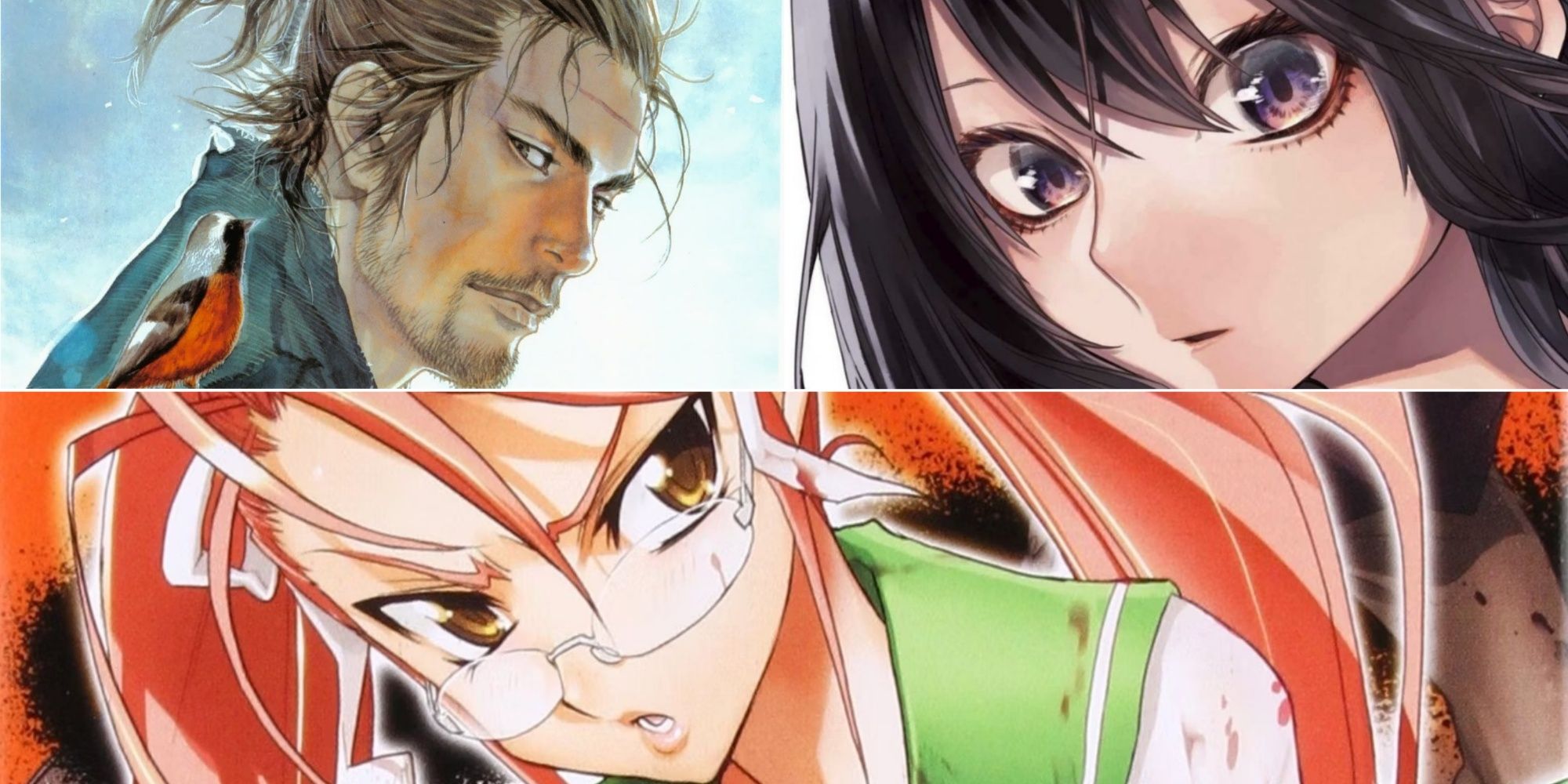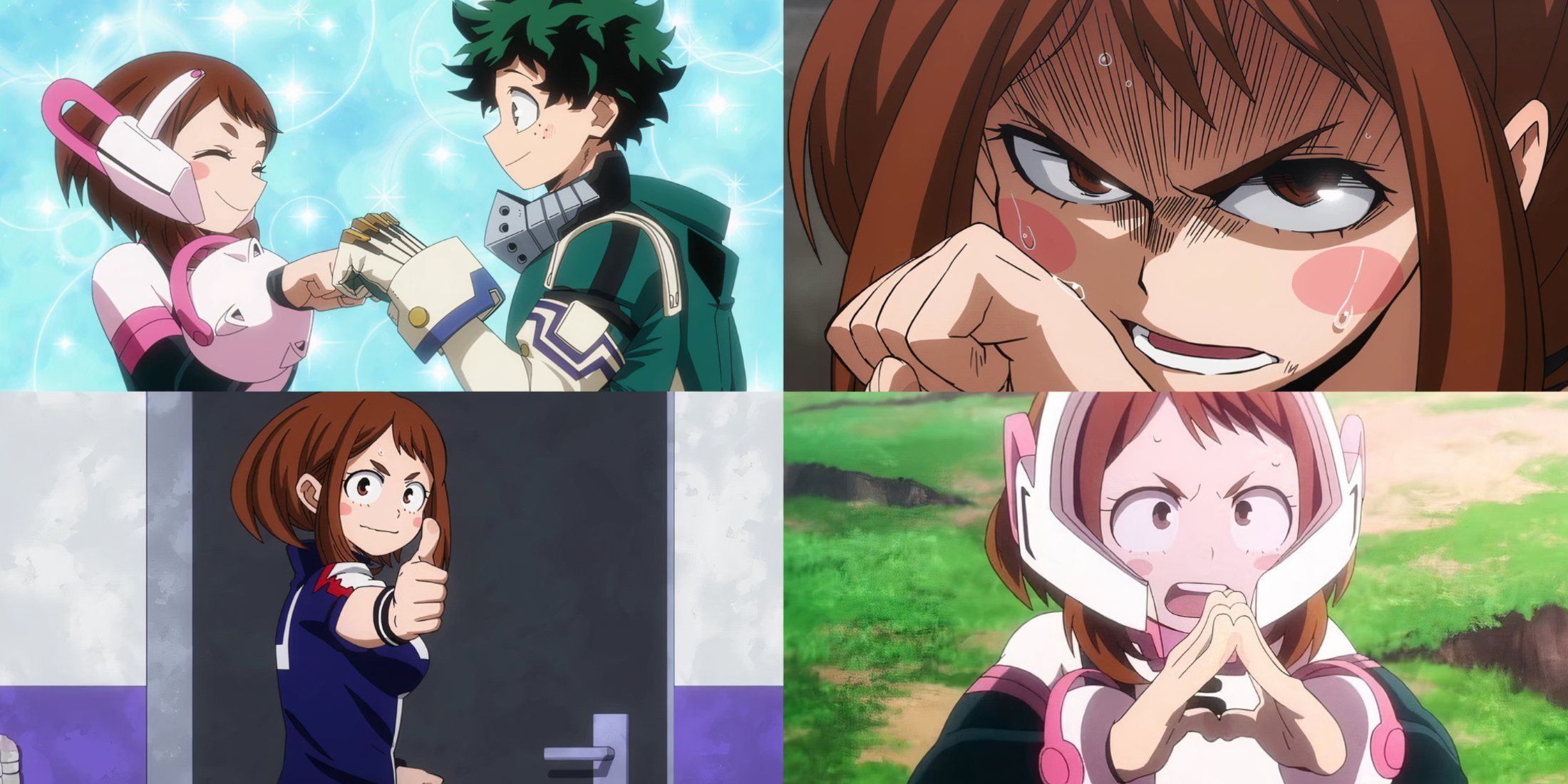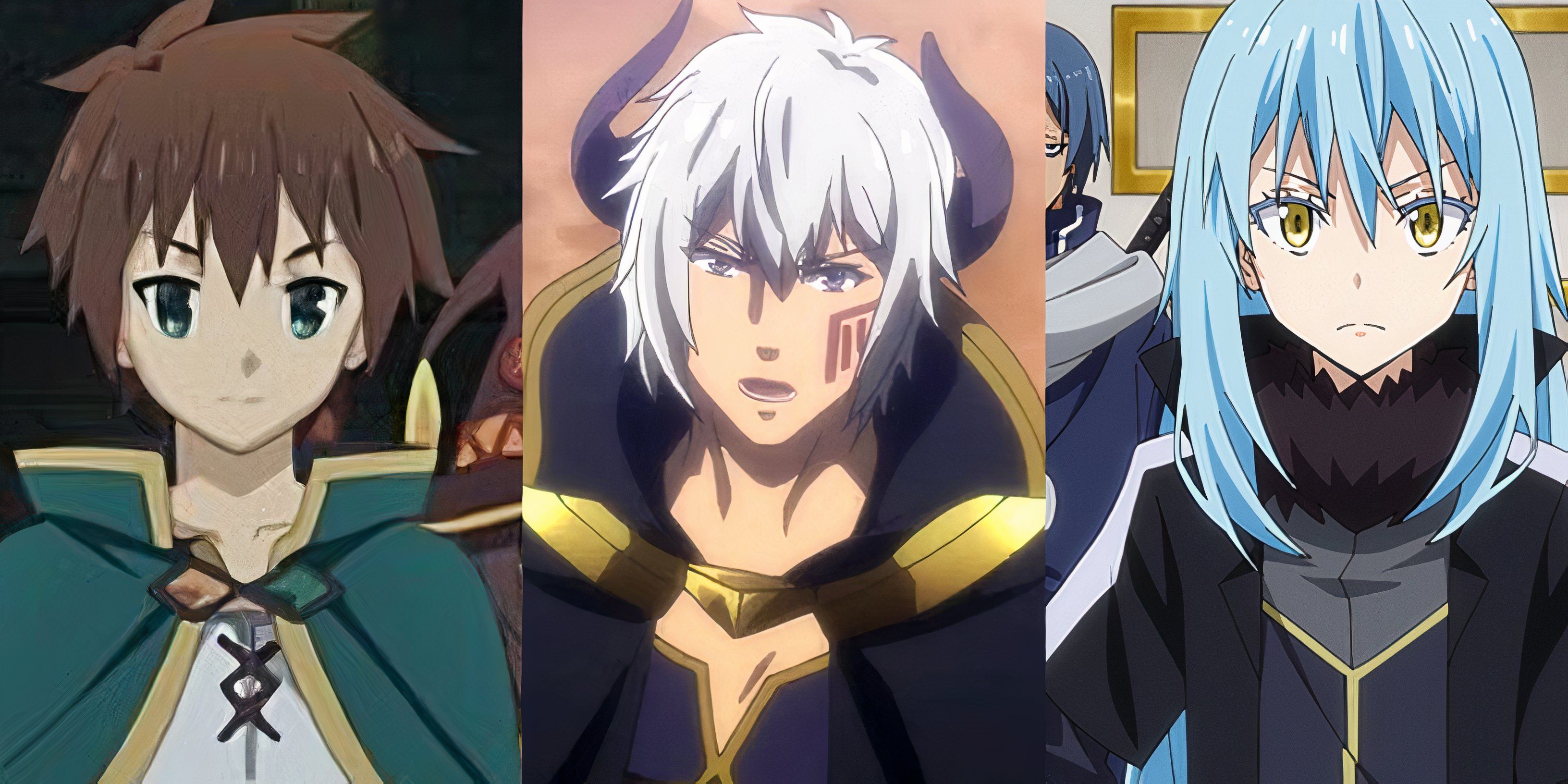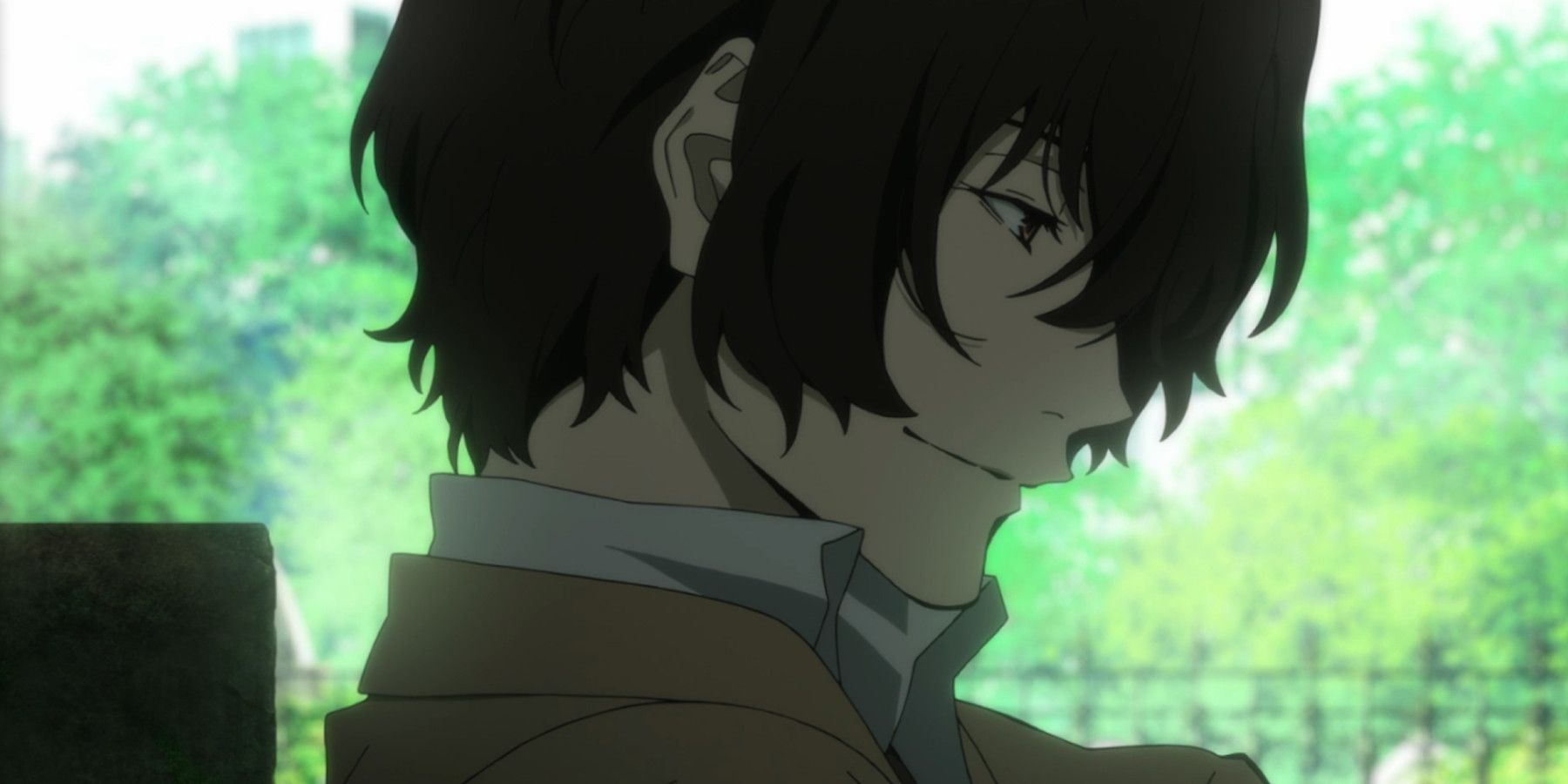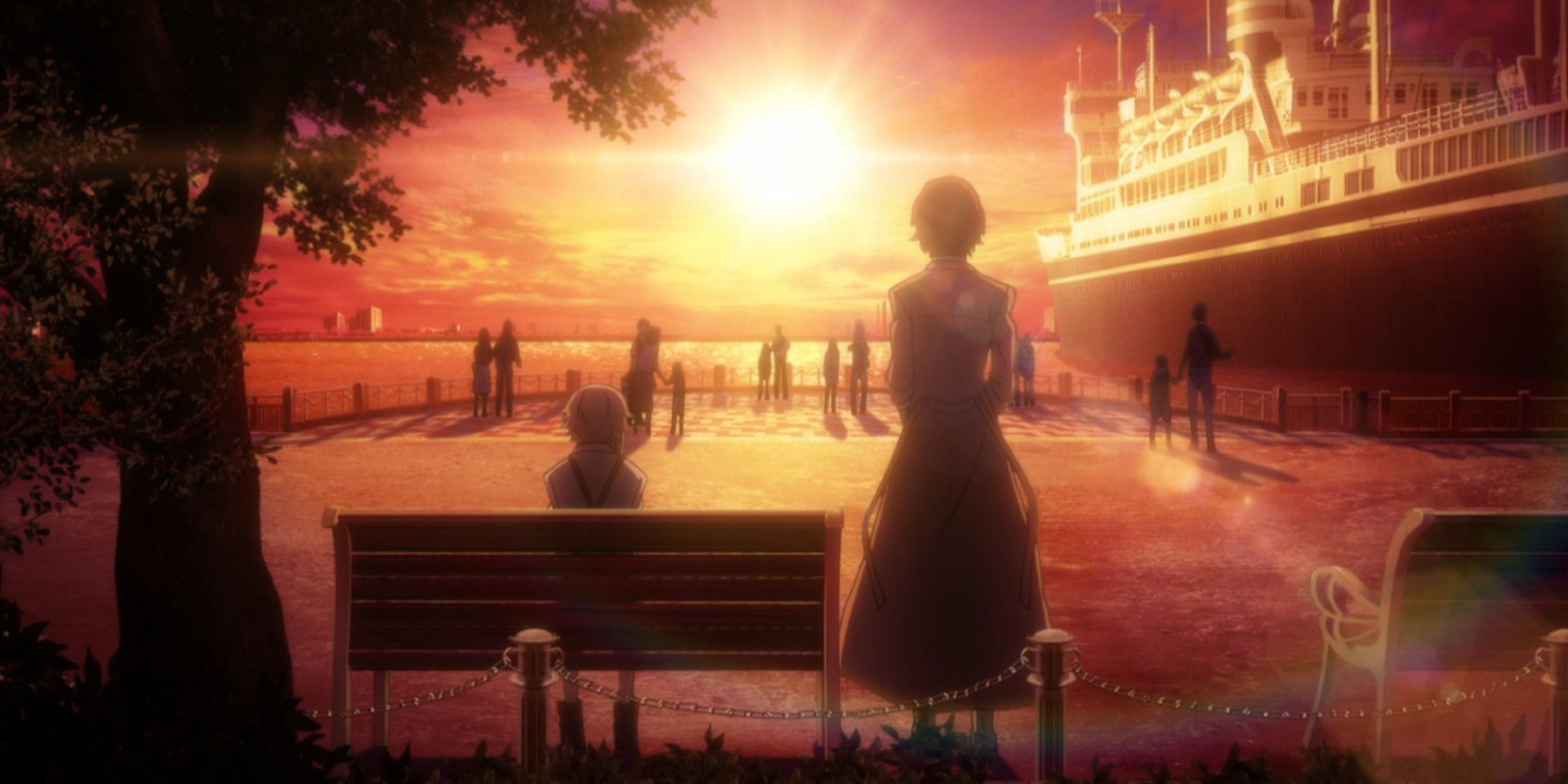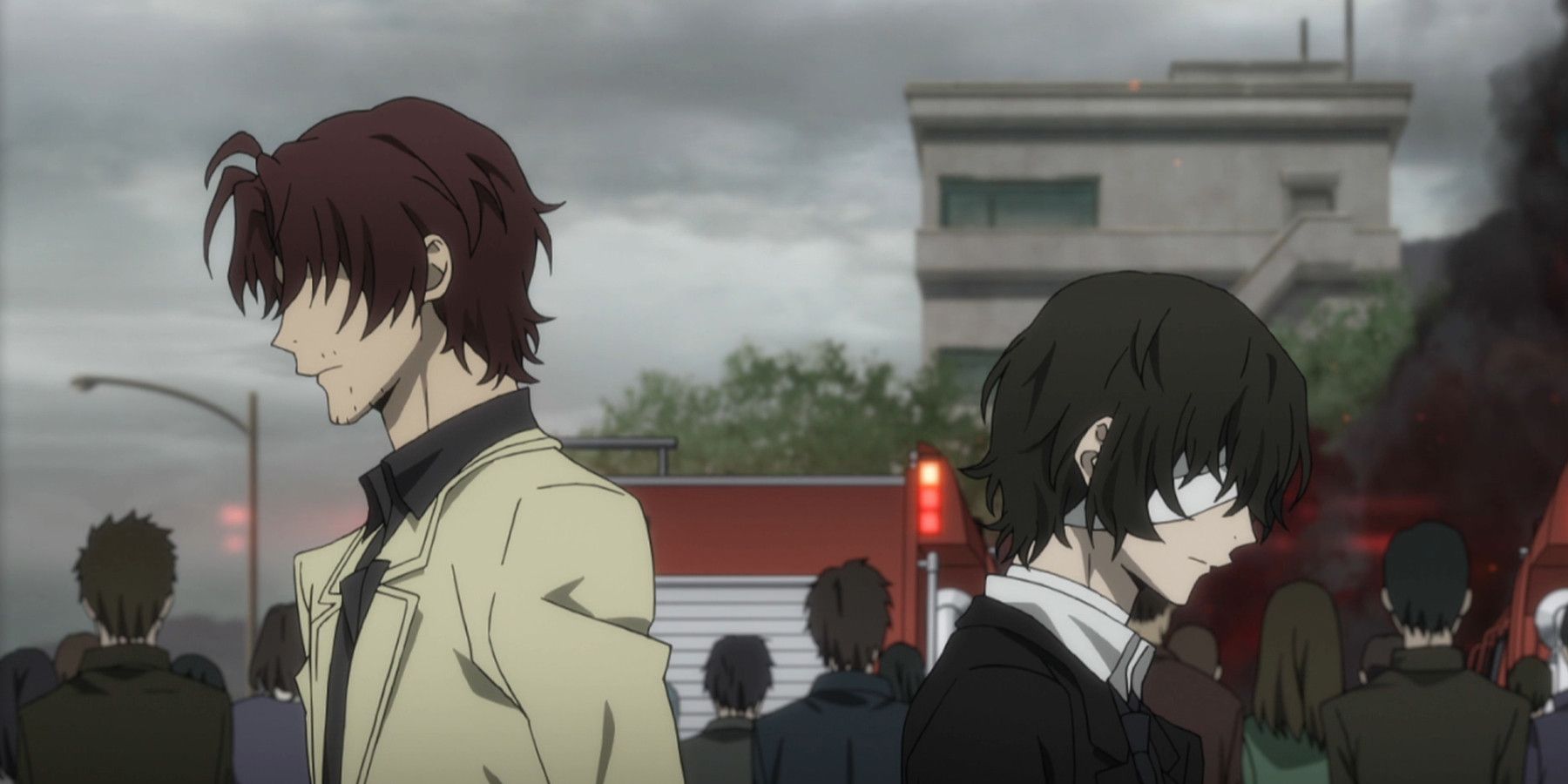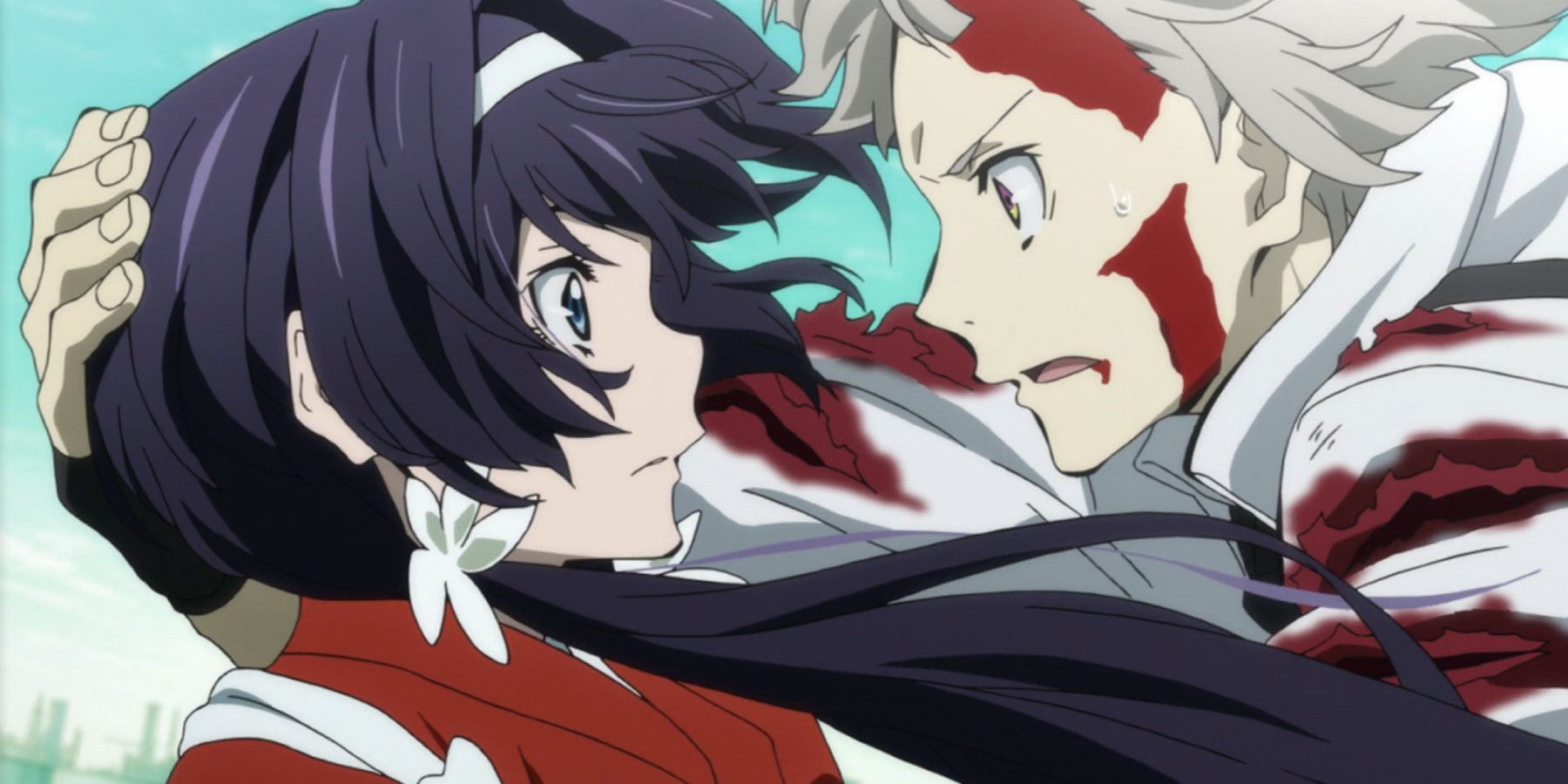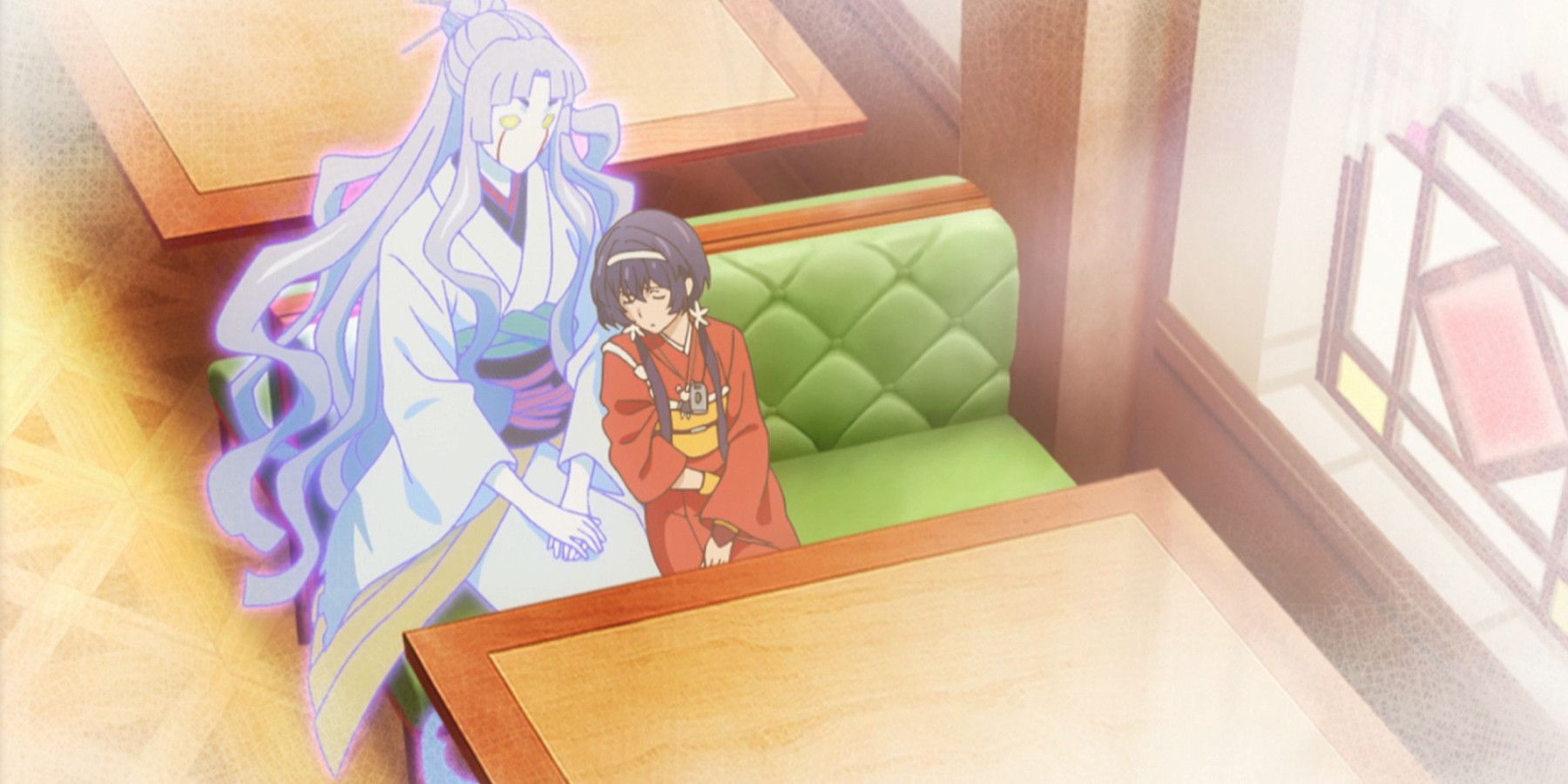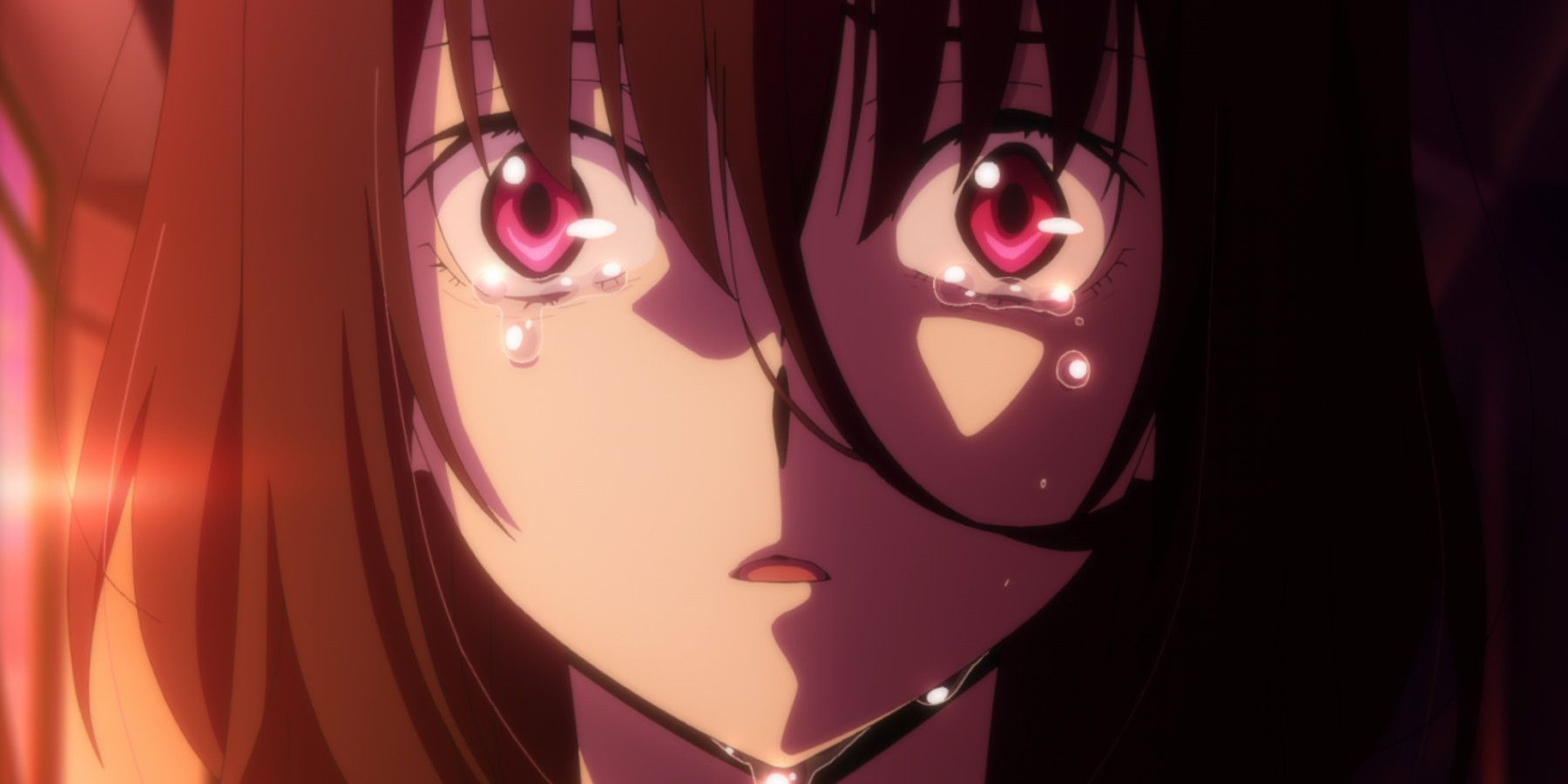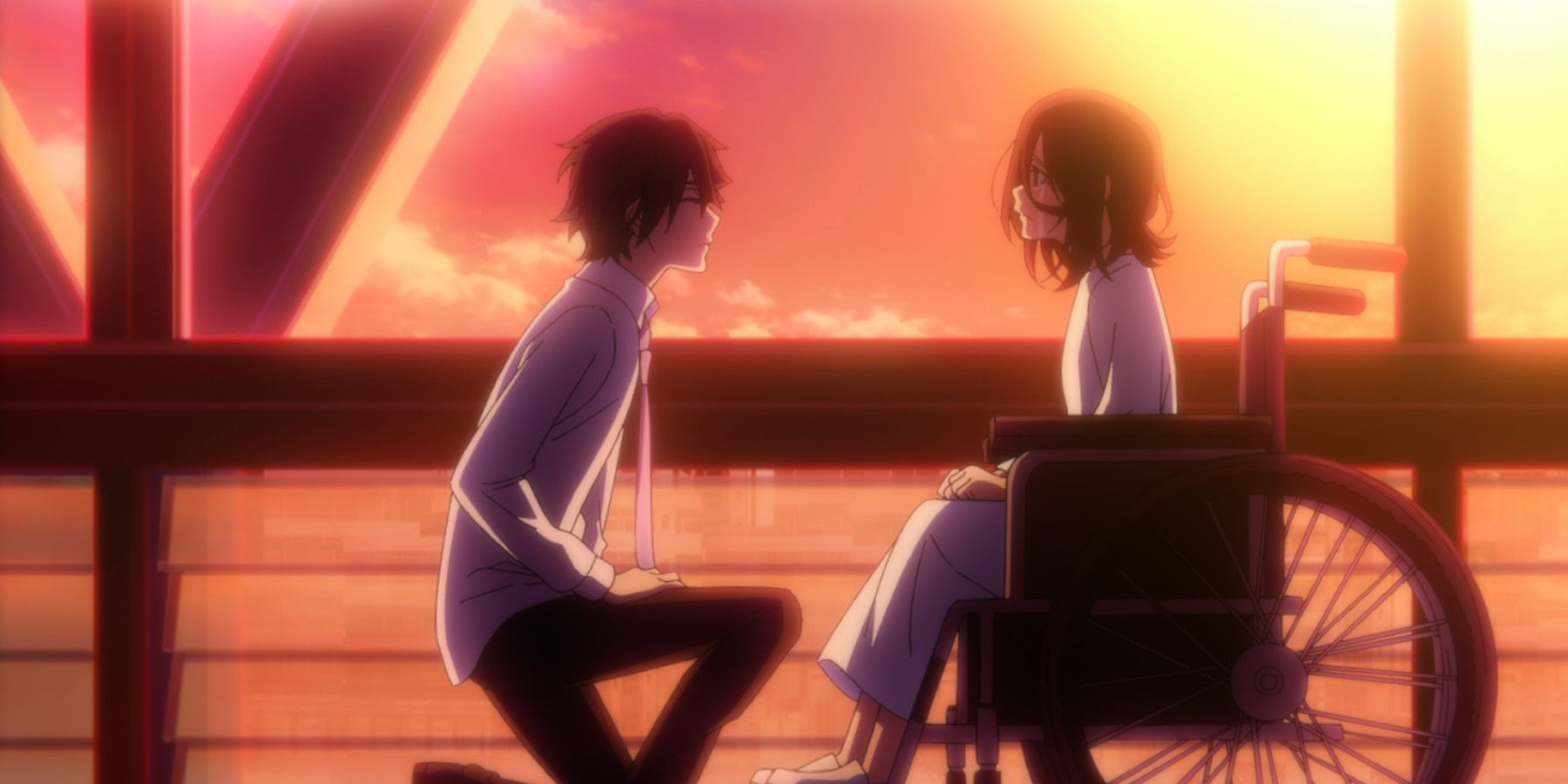Highlights
- Bungo Stray Dogs is not for people who are good at living, but for those who need stories like oxygen, according to author Kafka Asagiri.
- The series explores themes of trauma, self-affirmation, and the right to feel lost, resonating with audiences who have experienced pain in their own lives.
- Bungo Stray Dogs offers a bittersweet view on life, balancing fun and amusement with a deeper exploration of emotions, making it a relatable and meaningful story for its audience.
Warning: The following contains spoilers for Bungo Stray Dogs, available to stream on Crunchyroll.
Target audiences aren't a hard truth regarding who will consume a piece of media, because no matter the genre or medium, it's hard to say what groups a story will appeal to, as history has shown. However, a target audience can offer context as to the appeal of a work of art or perhaps the vision of the creator, such is the case with Bungo Stray Dogs author Kafka Asagiri.
Bungo Stray Dogs began publication in late 2012, written by Asagiri and illustrated by Sango Harukawa (stylized Harukawa35, as "san" and "go" mean "3" and "5" respectively). It depicts fictional versions of famous authors and poets in modern-day Yokohama, where superpowered detectives battle gifted mobsters in a world where supernatural powers are common. The series was picked up for an anime in 2016 by Studio Bones (Fullmetal Alchemist Brotherhood, Mob Psycho 100), directed by Takuya Igarashi and written by Youji Enokido. The anime has run for five seasons and received a feature film, with the fifth season currently airing as of the time of writing.
Who Is Bungo For?
Bungo Stray Dogs is "not for people who are good at living." It's certainly a strong start to a quote. In 2019, Asagiri and Harukawa were interviewed for the magazine å£åˆŠã‚¨ã‚¹ (Kikan Essu, translated as "S Quarterly"), wherein they discussed numerous details about the series, including its target audience. The full interview was in a print magazine and thus is hard to find, but mercifully, Twitter user @Popopretty translated parts of it back in late May.
Regarding who Bungo is written for, Asagiri had this to say:
This story is not for people who are good at living. In this world, there exist people who are so good at living that they do not need a "story" at all. They are the ones who think that stories are, after all, just a pastime for your hobbies, that they are not necessary for life, and therefore it is a waste to spend money on such things. I did not assume such people to be readers from the beginning. I cut them off. On the other hand, there are certainly people who need stories like oxygen still. I always hope that Bungo Stray Dogs will become the oxygen for such people. They are the "lost ones" that Dazai talked about.
- Kafka Asagiri, å£åˆŠã‚¨ã‚¹, circa 2019 (translated by Twitter user Popopretty)
These are strong words - candid in how they express Asagiri's passion for storytelling, and obviously, it's not espousing that everyone who enjoys Bungo is the same. However, what this quote draws attention to is a divide between distinct enjoyers of art. It considers the consumption of art to be the difference between those who "need" it and those who don't.
There's no clear divide - even the supposition that those two are the only extremes is an assertion fitting only select contexts. But there's a truth to it that becomes apparent by looking at the extremes, and Asagiri's quote paints a relatable portrait. Everybody enjoys art differently, and to varying degrees. Some people just want to be entertained while others want to connect with it. Some people want expressions of reality while others want to escape reality completely.
These comparisons happen to come in pairs, but they aren't exclusive nor are they incompatible with one another. When Asagiri is talking about not being good at living, he's not expressly discussing escapism. On its surface, Bungo is about gorgeous superhuman detectives battling one another so, sure, it's fun escapist pop culture, but the beating heart of the story is also one of trauma, tragedy, depression, and - through it all - self-affirmation.
The Right to "Feel Lost"
The message of Bungo Stray Dogs might take time to uncover by watching it as a newcomer, but after a certain point, something clicks, and the meaning of the story becomes clear. To be honest, it was always clear, but there's a difference between glancing at words on a page and truly reading them. We've written about the themes of trauma in the series before and how the characters struggle with their own right to live.
These messages only seem to get more powerful as time goes on. By Season 5, the titular "strays" refer to far more than just Atsushi, the orphaned protagonist who finds belonging and purpose in the Armed Detective Agency. Plenty of them are orphans and furthermore, plenty of them have been made to feel self-hatred because of their abilities and what they've done with them - often through no fault of their own.
The part about "lost ones" refers to Chapter 36 of the manga, or Episode 24 of the anime, where Osamu Dazai tries to convince Kyouka Izumi not to give up. Kyouka, only 14 years old, has killed 35 people and is convinced that she doesn't deserve to go on, but the Agency hasn't given up on her. Dazai, whose own past is blackened with even more death, tells her that the uncertainty in her heart - about how she should live - is her very right as a human.
"All we have is the right to feel lost, like stray dogs splattered with mud."
Asagiri writes tragedy into his story with almost Shakespearean deftness, and the anime's score by Taku Iwasaki only exacerbates the theatrical trappings that comprise Bungo's aesthetic. But beyond that tragedy, there is also an incredibly hopeful message about finding a place where one can live proudly and without fear. For every stray is a home worth fighting for.
The Art and the Audience
Hardcore Bungo fans who have read this quote tend to find that it hits home and the reason can be hard to put into words. It certainly doesn't seem like Asagiri meant to insult his audience with it. In fact, it wouldn't be a stretch to imagine he said it with much love. After all, life gives people a lot of reasons to feel sad and lost.
Art has always been an escape, but escapism doesn't have to mean running away from pain, but rather recontextualizing it and confronting pain through a story. Bungo's audience doesn't have to share in the trauma of its characters, but they might connect with some eclectic sense of pain derived from that trauma. A lack of confidence, depression, or perhaps something darker.
Bungo Stray Dogs can be fun and amusing, but there's an earnestness to its sometimes bittersweet view on life that only feels more real the more one spends with the story. There's far more to be said about it and even more to feel than could be conveyed in one article alone. In the end, no matter how lost someone feels, there is a place where one can be allowed to live. It's just a matter of finding it. As Asagiri says, that message can be as vital as oxygen.
Source: Twitter (@Popopretty1)
